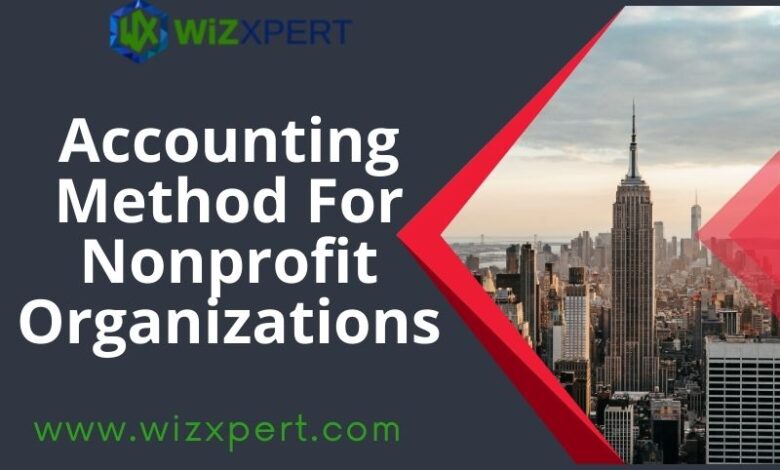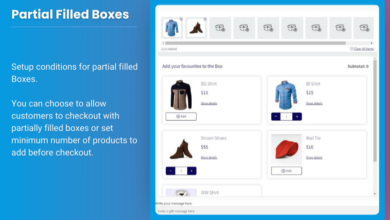What Is The Best Accounting Method For Nonprofit Organizations
The Best Accounting Method For Nonprofit Organizations

Nonprofit organizations play a crucial role in society, providing services and support across various sectors. Proper accounting is essential for these organizations to ensure transparency, compliance with regulations, and effective resource management. The choice of accounting method can significantly impact a nonprofit’s financial health and reporting capabilities. Here, we will explore the best accounting methods for nonprofit organizations, focusing on two primary methods: cash-basis and accrual-basis accounting.
Understanding Accounting Methods
- Cash Basis Accounting
Cash basis accounting is one of the simplest methods. Under this approach, revenues and expenses are recorded when cash is received or paid. This method is straightforward and provides an immediate view of cash flow, which is particularly beneficial for small nonprofits with limited resources.
Advantages:
- Simplicity: Easier to implement and understand, making it accessible for organizations without extensive accounting expertise.
- Cash Flow Focus: Provides a clear picture of cash availability, helping organizations manage day-to-day operations.
- Tax Compliance: Many small nonprofits use cash-based accounting for tax purposes, aligning with IRS requirements for organizations below certain revenue thresholds.
Disadvantages:
- Limited Financial Insight: This method can obscure the true financial position of an organization, as it doesn’t account for receivables or payables. For example, a nonprofit may have significant grants pledged but not yet received, which won’t show up in cash-based accounting.
- Short-Term Focus: It emphasizes immediate cash flow over long-term financial health, which may mislead stakeholders about sustainability and funding needs.
- Accrual Basis Accounting
Accrual basis accounting, on the other hand, recognizes revenues and expenses when they are earned or incurred, regardless of when cash changes hands. This method aligns with Generally Accepted Accounting Principles (GAAP) and provides a more comprehensive view of an organization’s financial health.
Advantages:
- Comprehensive Financial Picture: Accrual accounting offers a clearer representation of an organization’s financial status by including receivables and payables, enabling better long-term planning.
- Enhanced Financial Reporting: It facilitates more detailed financial statements, such as statements of activities and financial position, which can be crucial for stakeholders, including donors and board members.
- Improved Budgeting and Forecasting: By recognizing obligations and resources when they arise, nonprofits can better manage budgets and anticipate future cash flows.
Disadvantages:
- Complexity: Accrual accounting can be more complex and may require more sophisticated accounting systems and trained personnel.
- Cash Flow Management Challenges: Organizations may need to maintain careful cash flow management, as they could record income that isn’t yet available in cash, potentially leading to liquidity issues.
Which Method is Best for Nonprofits?
The choice between cash-based and accrual-based accounting often depends on the size, complexity, and specific needs of the nonprofit organization. Here are some considerations to help determine the best method:
- Size and Complexity of the Organization
- Smaller nonprofits or those just starting may benefit from the simplicity of cash-based accounting, allowing them to focus on mission-driven activities without the burden of complex accounting requirements.
- Larger organizations, particularly those with multiple funding sources, grants, and programmatic complexities, will likely find accrual accounting more suitable, as it provides the depth of financial insight necessary for strategic decision-making.
- Regulatory Compliance
- Nonprofits that receive federal or state funding, or those that have to file Form 990, often must use accrual accounting to comply with financial reporting standards.
- It’s essential to understand local laws and regulations, as they may dictate which accounting method is permissible or preferable.
- Stakeholder Expectations
- Donors and grantors often expect transparency and detailed financial reporting, which accrual accounting can provide. Using accrual accounting can enhance trust and credibility with these stakeholders.
- Nonprofits may also find that board members prefer the insights offered by accrual accounting when making strategic decisions.
- Future Growth Plans
- Nonprofits planning for growth or expansion may benefit from implementing accrual accounting from the outset, as it positions them for scalability and better financial management.
- Transitioning from cash to accrual accounting later can be challenging, as it may require significant adjustments to financial records.
Hybrid Approach
Some nonprofits may find a hybrid approach effective, where they use cash-based accounting for internal reporting while maintaining accrual accounting for external financial statements. This allows organizations to manage cash flow effectively while providing stakeholders with the comprehensive financial insight they require.
Conclusion
In summary, the choice of accounting method for nonprofit organizations hinges on various factors, including size, complexity, regulatory requirements, and stakeholder expectations. While cash basis accounting offers simplicity and immediate cash flow insight, accrual basis accounting provides a more comprehensive understanding of financial health, essential for strategic decision-making and long-term sustainability. Ultimately, nonprofits should carefully assess their specific circumstances and needs, potentially seeking advice from accounting professionals to ensure compliance and optimal financial management. By choosing the right accounting method, nonprofits can enhance transparency, accountability, and their overall effectiveness in fulfilling their missions.
As you explore QBOA, you might also consider comparing it with alternatives like Tips for Optimizing Your Accounting Software to ensure you’re choosing the best tool for your needs.
Read more – ( Click here )





